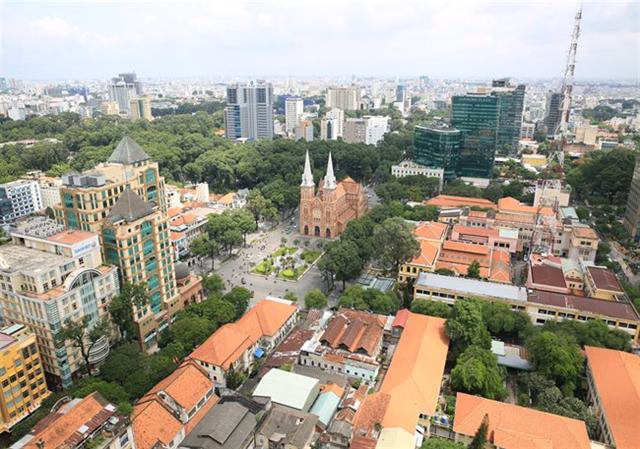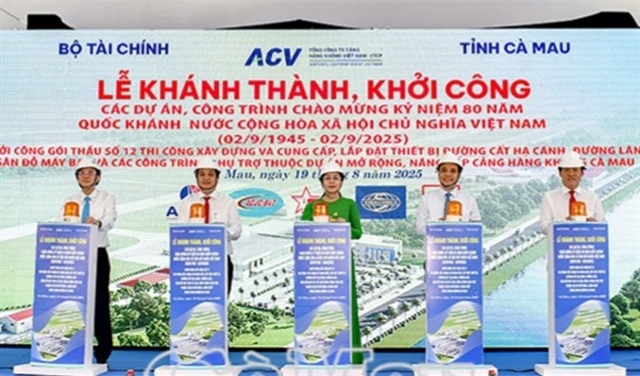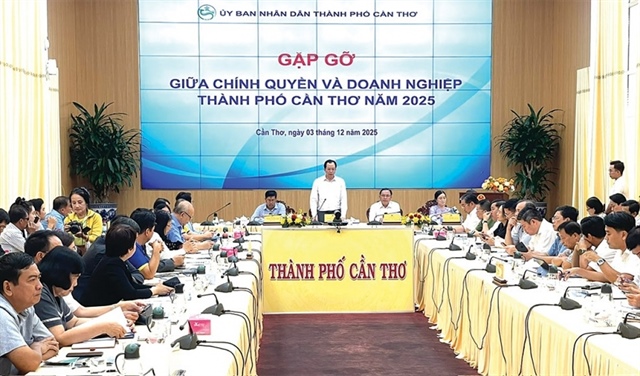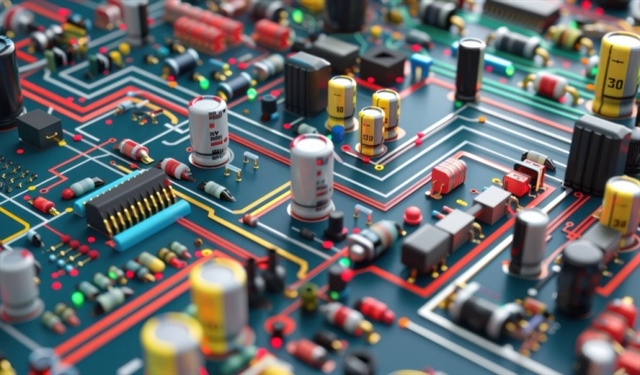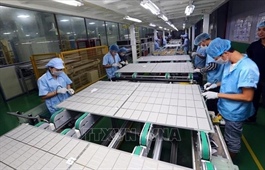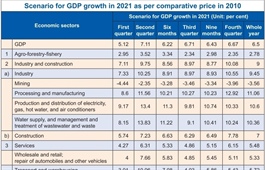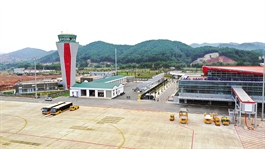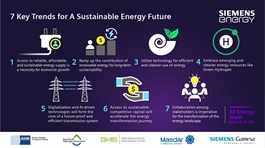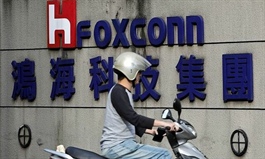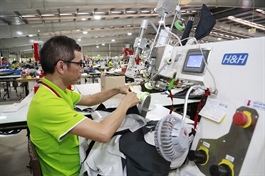Changes are now imperatives
Changes are now imperatives
To this city, changes are imperative demands. Simply put, HCMC’s Party Secretary Nguyen Van Nen has said, “We should no longer say [the city is] the biggest in the nation and so on. We should say instead what we have done better than yesterday and what we still lag behind other cities in Asia and the world.”
Hopefully, some positive points in the previous term of municipal leadership and new signals of the incumbent may help HCMC regain its role and position. More than ever before, HCMC needs to have vision closely attached to its leadership’s ability to provide inspiration - PHOTO: THANH HOA
|
Endowed with intrinsic advantages, HCMC, generally speaking, has attained the best scale and competitiveness in Vietnam for years. However, such a gap between this city and other localities has been narrowed substantially. Meanwhile, HCMC could not do the same when it comes to other cities which are deemed to be its rivals or targets to attain in the region.
Over these two decades of “losses,” HCMC could have done better. The city has moved relatively slow during a long time. Without changes, therefore, the role it plays in the nation will become less and less significant, both at home and abroad.
Domestic position
Basic indicators show that HCMC has the biggest scale in the nation. However, relatively speaking, its importance on the national average scale has been remarkably reduced and some other localities have been moving very close to the city as regards some indicators.
Table 1 shows the percentage of some indicators of HCMC in comparison with the entire nation and the national average during 2000-2019. The city remained the promised land whose population rose from 6.9% to 9.4% in the period. During the past two decades, the city’s population increased by 4 million people, which is alone higher than that of Thanh Hoa Province, Vietnam’s third-largest locality as far as population is concerned.
However, the growth of HCMC’s percentage of many other indicators and its economic strength were way lower that the national population growth and the average growth of the whole country. In 2001, HCMC accounted for 18.9% of gross regional domestic product (GRDP) of all localities. This rate went down to 18.3% in 2018. In 2001, GRDP of HCMC was 2.7 times higher than the national average. It went down to 2 times in 2019.
The city’s budget collection also sharply declined from over a third of the nation in 2001 to over a quarter in 2019. Also, as far as per capita budget collection is concerned, the rate fell from 5.2 times higher than the national average in 2001 to 2.8 times in 2019.
Likewise, the city’s export sales dropped from a half of the country’s total in 2000 to only 15% in 2019. Subsequently, HCMC’s per capita export value plummeted from 8.2 times higher than the national average to 1.6 times in 2019.
The cumulative foreign direct investment (FDI) of HCMC, which accounted for 28.4% of the whole nation’s in 2001, went down to 16.2% in 2019. When it comes to per capita FDI, that of HCMC was 4.1 times higher than the national average in 2001 and only 1.7 times higher in 2019.
A bright spot of the city relates to the number of enterprises. In 2000, that figure accounted for 20.4% of the national tally. Yet it rose substantially to 31.6% in 2019. However, this percentage began to decline in 2010. HCMC’s number of enterprises in relation to population was 3.4 times higher than the national average in 2019, and higher than the 2.9-time level in 2000, yet it was lower than the 4-time level in 2010.
The gap between HCMC and other cities in the region
Table 2 shows rankings concerning competitiveness, the living environment and dynamism of Asian cities. HCMC has moved significantly closer to Manila and Jakarta, the two metropolises facing problems in this group of cities. Otherwise, HCMC remained remarkably distant and it would take an awfully long time for the city to keep pace with them provided HCMC has to accelerate it development growth.
There is a positive point, though. It is prospect or dynamism of HCMC. A.T. Kearney ranks the city at the 90th, higher than Kuala Lumpur, Bangkok, Jakarta and Manila. According to this ranking by ILL, HCMC ranks third worldwide.
Table 3 includes several indicators of HCMC’s infrastructure versus other cities back to back. Basically, HCMC has several indicators close to those of Jakarta and Manila, but very far from those of Shanghai and Seoul.
The issue becomes clearer when juxtaposing HCMC with Bangkok. In his autobiography, former Singapore Prime Minister Lee Kuan Yew once wrote that in 1975, HCMC could compete on the same footing with Bangkok but at the time (in 1992), the city had been more than 20 years behind. Currently, per capita GDP parity purchasing power (GDP-PPP) of Bangkok is over US$40,000 and that of HCMC is over US$20,000.
According to a scenario in which it is very rosy for HCMC and low-key for Bangkok, it may take about two decades for HCMC to be likely to keep abreast with nowadays Bangkok. Yet it should take into account the fact that after becoming a “vast parking lot” in late 1990s, Bangkok has completed some essential infrastructural systems, such as the elevated road network, the subway system and a new international airport. HCMC has also started its plans similar to those Bangkok began 15-20 years ago. And the question as to whether HCMC can catch up with Bangkok in two or three decades remains topical.
Reasons for lagging behind
Two key reasons for why HCMC could not be better than yesterday as expected. First, the national development strategy does not draw a clear line that competition among nations is in fact competition among metropolises, which means that it is necessary to lift competitiveness of these cities. Vietnam’s approach over the past time was letting other localities in the country keep pace with HCMC rather than making HCMC keep pace with other cities in the region. HCMC was allowed to retain only a small part of its resources with which the city was unable to have enough to invest in essential infrastructure while investment made by the central authorities in the region was still insufficient.
Secondly, HCMC had its own problems. On the one hand, it lacked new ideas or initiatives of national scale like those created in the two decades after Vietnam’s reunification in 1975. On the other, HCMC’s initiatives—such as the development of the Saigon South, the urban development fund and the urban infrastructure development company—failed to fulfill their targets or fell short of expectations. More importantly, mistakes and wrongdoings by senior municipal leaders were tolerated during a long time. This situation substantially eroded pioneership and enterprising spirit in HCMC. At present, fears for risks in the city’s civil servants are deep-seated.
Shortcomings lasting for a very long time has deprived HCMC of opportunities and decelerated its growth pace given its potential and advantages. Common central mechanisms and policies are one issue. However, HCMC’s own problems are another bigger problem. Make a comparison and you’ll see this more clearly.
It took less than three decades for Seoul to develop Gangnam into a modern urban center whose population is equal to Singapore. Likewise, Shanghai could do the same with Pudong after a similar time.
Over the past three decades, Phu My Hung urban center associated with the Saigon South has been a pride of HCMC. However, the success on the only four square kilometers is too small compared with the initial 24-square-kilometer plan or even larger. Had it been for more determination and a right course, the Saigon South might have become a “Gangnam of Vietnam.”
Thu Thiem, often considered “Pudong” of HCMC, has had sufficient factors for success. Many resources have been allocated to it over the past two decades. Ironically, this peninsula has been a place causing much losses to the city’s credibility and confidence.
Another example is the first subway project which has not yet been finished. Similar protraction has also happened to a certain extent to other projects. Even in some cases, all were quite feasible, but results fell short of expectations.
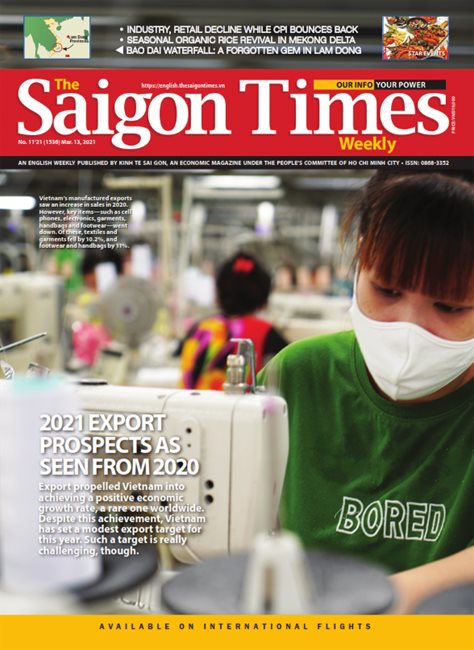 |
Changes are now imperatives
One decade prior to Doi Moi (Renovation), an endeavor in Vietnam made to launch Vietnam into a new orbit of development beginning in the second half of the 1980s, HCMC led the way in Vietnam due to its pioneership. During this phase, the city gained admiration from other localities that saw it as a role model in many ways. The city’s image has been marred, though.
The correction process has been carried out over the past few years, which has brought forth positive results. Resolution 54 on specific mechanisms for HCMC and the National Assembly’s decision to establish Thu Duc City within HCMC are some proofs for the central authorities’ support and determination for HCMC.
Now that HCMC has had a team of resolute leadership, it may together with other localities in the southern economic zone form an urban region capable of competing with rivals in other countries. The core of the problem is how to do better than yesterday and shorten the distances between it and the fore-runners.
Hopefully, some positive points in the previous term of municipal leadership and new signals of the incumbent may help HCMC regain its role and position. More than ever before, HCMC needs to have vision closely attached to its leadership’s ability to provide inspiration.


